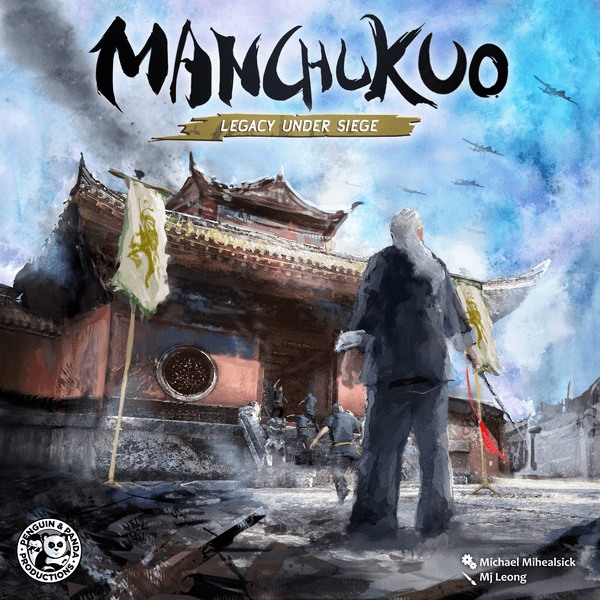Manchukuo Board Game
Manchukuo was a puppet state of the Empire of Japan in Northeast China and Inner Mongolia from 1932 until
Game Components of Manchukuo Board Game
How To Setup Manchukuo Board Game
To set up the game, players first arrange the location tiles in a ring around the village. Each player chooses a starting set of resources and receives a disciple for each study. The student discs are filled into a bag based on the player count, and each player starts with a set of initial resources. The game board is then prepared with the necessary tokens and cards, ensuring each player has a modular and personalized setup.
Gameplay Mechanics and Game Objective
Player Experience
Playing Manchukuo involves strategic planning and resource management. Players must balance their actions to maximize student benefits, manage resources efficiently, and mitigate the effects of patrols. The game is designed for 2-4 players, lasting 45-90 minutes, and is recommended for players aged 14 and above. The historical theme adds a rich layer of complexity, making it engaging for those interested in history and strategic gameplay.
Pros
Cons
Personal Thoughts on Manchukuo Board Game
Manchukuo is ideal for players who enjoy strategic worker-placement games and are interested in historical themes. The game’s complexity makes it more suited for experienced board game enthusiasts, but its unique mechanics and rich artwork will also attract those looking to dive deeper into strategic gameplay. If you’re a fan of games that require careful planning and resource management, Manchukuo is definitely worth exploring.
We are supported by our audience. When you purchase through links on our site, we may earn an affiliate commission, at no extra cost for you. Learn more.

